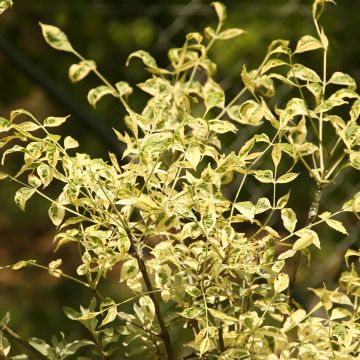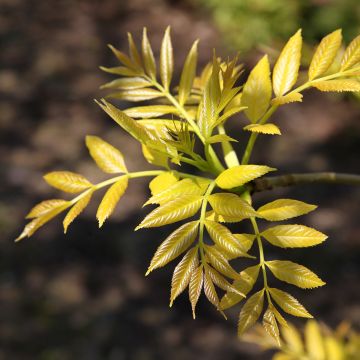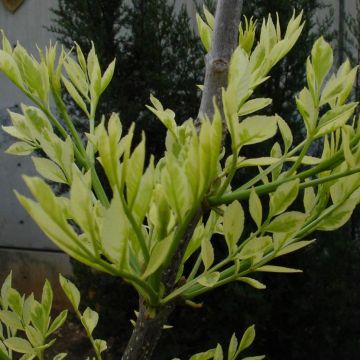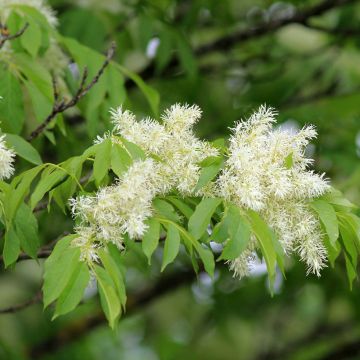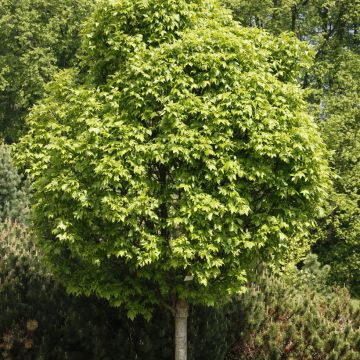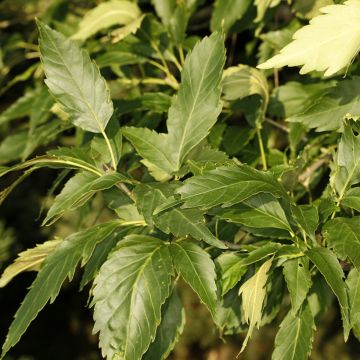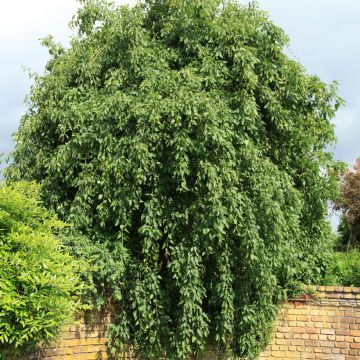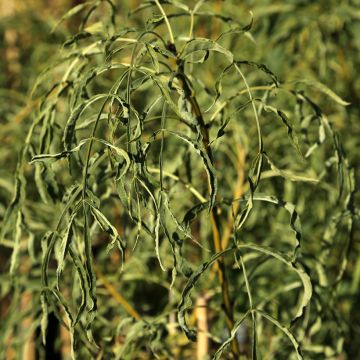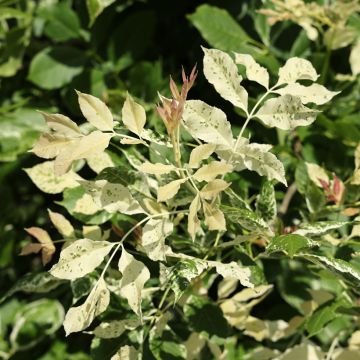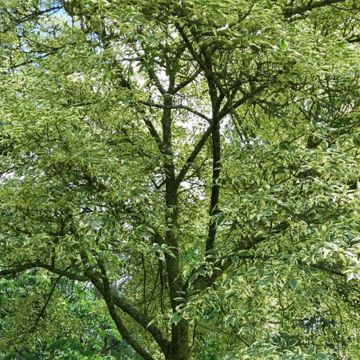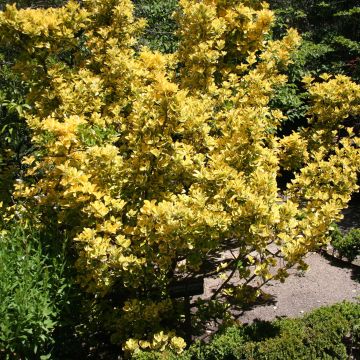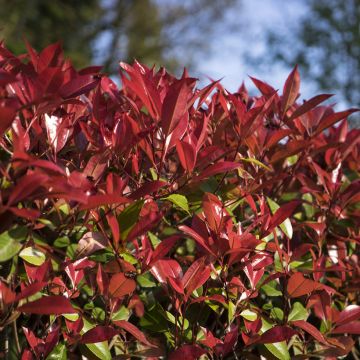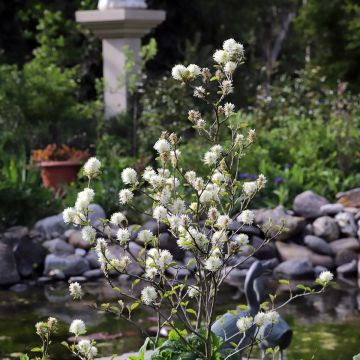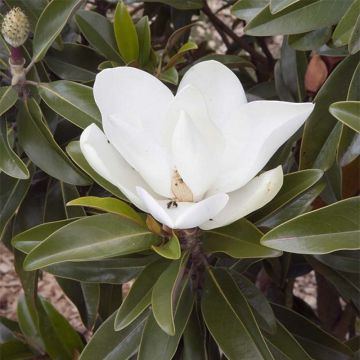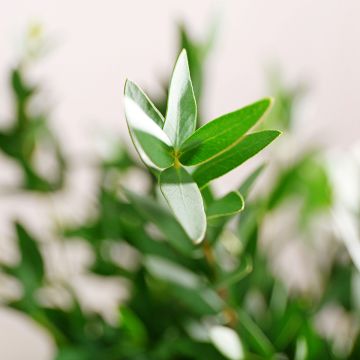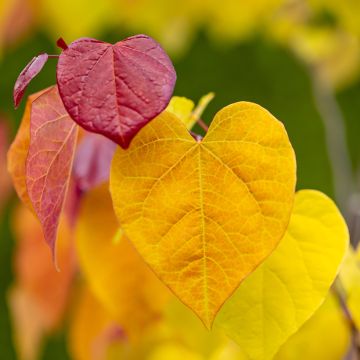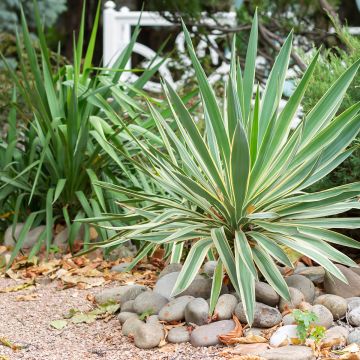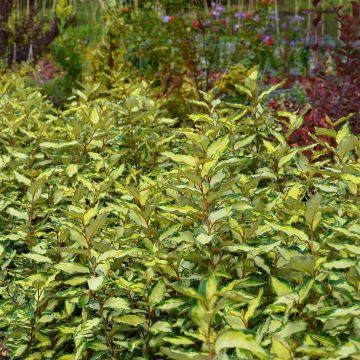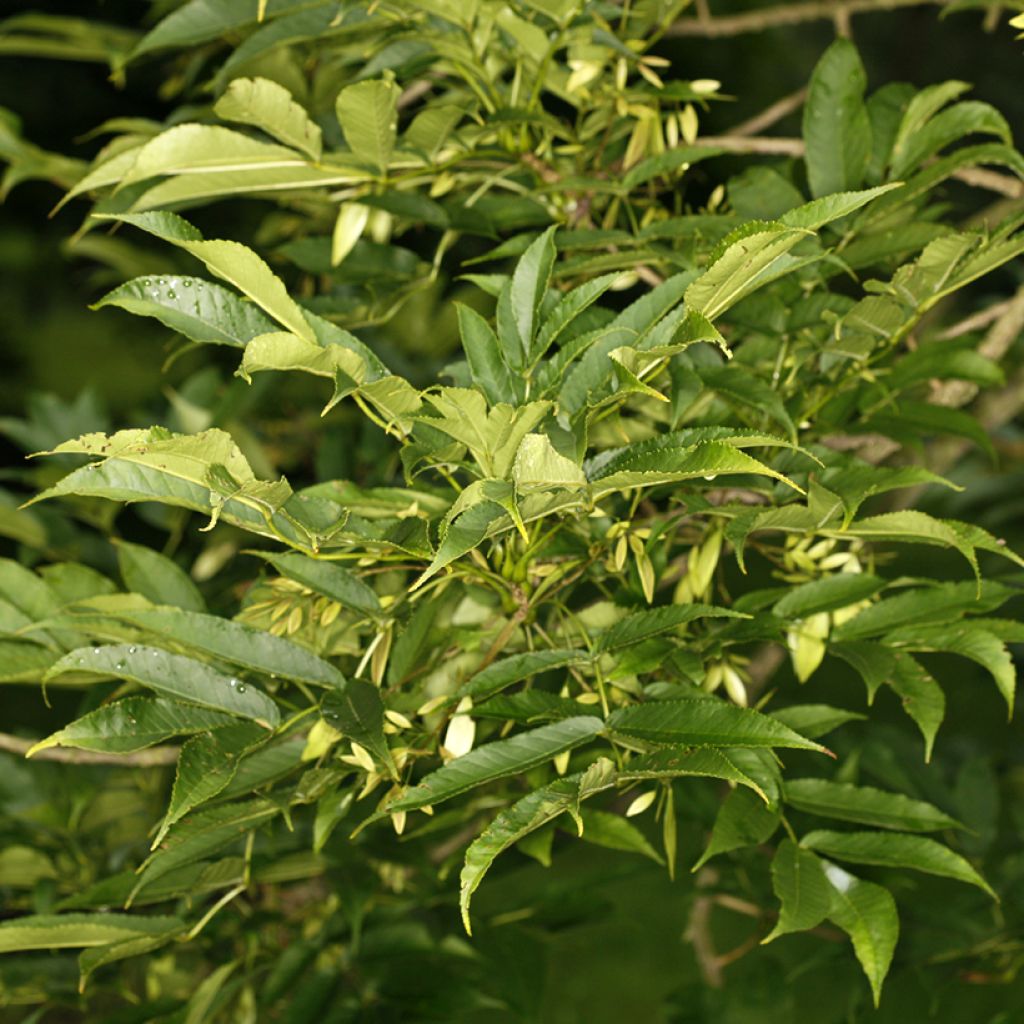

Fraxinus spaethiana - Ash
Fraxinus spaethiana - Ash
Fraxinus spaethiana
Ash
Special offer!
Receive a €20 voucher for any order over €90 (excluding delivery costs, credit notes, and plastic-free options)!
1- Add your favorite plants to your cart.
2- Once you have reached €90, confirm your order (you can even choose the delivery date!).
3- As soon as your order is shipped, you will receive an email containing your voucher code, valid for 3 months (90 days).
Your voucher is unique and can only be used once, for any order with a minimum value of €20, excluding delivery costs.
Can be combined with other current offers, non-divisible and non-refundable.
Home or relay delivery (depending on size and destination)
Schedule delivery date,
and select date in basket
This plant carries a 24 months recovery warranty
More information
We guarantee the quality of our plants for a full growing cycle, and will replace at our expense any plant that fails to recover under normal climatic and planting conditions.
Does this plant fit my garden?
Set up your Plantfit profile →
Description
Fraxinus spaethiana is a very rare species in cultivation, also known as Spaeth Ash, originating from China and Japan. It forms a large tree, with a few rare specimens found as street trees in England, Denmark, and Sweden. Few ashes have more beautiful foliage than this one. Its large, beautifully pinnate leaves provide light and pleasant shade during the summer. It is a fairly hardy tree that thrives in bright exposures and deep, moisture-retaining soils.
Fraxinus spaethiana, also known as Broad-leaved Ash, is a tree in the olive family, just like the olive tree and lilac. It is native to mountainous regions between 1200 and 2800 metres in China (Gansu, Guizhou, Hubei, Shaanxi, Sichuan, Yunnan) and Japan (Honshu, Shikoku, Kyushu), where it often dominates the riverside mountain forest habitat in which it is found. It forms a large tree that can reach 20 to 28 metres in height at maturity, with a straight trunk whose smooth bark is greenish-grey and darkens and cracks as it ages. The habit of this ash tree is initially pyramidal, rounding with age to become generally conical. It develops a vertical and fairly short, clear trunk topped with a round-shaped crown, quite closed when the tree is young, opening up with age. The deciduous leaves are arranged in pairs and measure 10 to 30 cm long with a petiole of 5 to 6 cm. They are composed of 7 to 11 sessile or nearly sessile, oblong to elliptical, slightly leathery leaflets. The edges are toothed and the leaves are veined. They are shiny and bright green with yellowish-green nuances at the beginning of summer. In autumn, they turn golden yellow for 3 to 5 weeks if not blown away by strong winds. They flower in spring, before the foliage appears, in the form of cream-white panicles. After pollination, they develop 2 to 4.5 cm long samaras.
The Spaeth Ash is a large tree, ideal for planting as a solitary specimen in a large garden or park, or as a street tree, where its foliage and elegant habit give it true ornamental qualities. It provides filtered shade, light and colour in front of dark hedges with other golden trees. Perfectly hardy and with limited requirements, it can tolerate any non-scorching exposure and adapts to any ordinary soil, including limestone, although its growth will be more significant in fertile, deep, and moist soil.
Report an error about the product description
Plant habit
Flowering
Foliage
Safety measures
Botanical data
Fraxinus
spaethiana
Oleaceae
Ash
Fraxinus platypoda
China
atteinterespiratoire
Cette plante peut entraîner des symptômes allergiques.
Evitez de la planter si vous ou vos proches souffrez de rhinite saisonnière ("rhume des foins").
Davantage d'informations sur https://plantes-risque.info
Other Fraxinus - Ash tree
View all →Planting and care
Plant your Fraxinus spaethiana in autumn or spring, in full sun or partial shade in all moist to wet soils, preferably fertile. If necessary, create a drainage pit with rocks if your soil is suffocating. If your soil is poor, adding leaf compost will be beneficial. Maintain regular watering during the summer following planting and ensure it is protected from prolonged droughts for another year, mulching can help retain moisture at the base and space out watering. It is important to keep in mind that this riverside tree requires consistently moist soil, at least at depth. It is hardy to -15ºC. Pruning involves balancing the habit of the tree every 3 years or so by opening up the centre of the canopy.
Planting period
Intended location
Care
Planting & care advice
This item has not been reviewed yet - be the first to leave a review about it.
Similar products
Haven't found what you were looking for?
Hardiness is the lowest winter temperature a plant can endure without suffering serious damage or even dying. However, hardiness is affected by location (a sheltered area, such as a patio), protection (winter cover) and soil type (hardiness is improved by well-drained soil).

Photo Sharing Terms & Conditions
In order to encourage gardeners to interact and share their experiences, Promesse de fleurs offers various media enabling content to be uploaded onto its Site - in particular via the ‘Photo sharing’ module.
The User agrees to refrain from:
- Posting any content that is illegal, prejudicial, insulting, racist, inciteful to hatred, revisionist, contrary to public decency, that infringes on privacy or on the privacy rights of third parties, in particular the publicity rights of persons and goods, intellectual property rights, or the right to privacy.
- Submitting content on behalf of a third party;
- Impersonate the identity of a third party and/or publish any personal information about a third party;
In general, the User undertakes to refrain from any unethical behaviour.
All Content (in particular text, comments, files, images, photos, videos, creative works, etc.), which may be subject to property or intellectual property rights, image or other private rights, shall remain the property of the User, subject to the limited rights granted by the terms of the licence granted by Promesse de fleurs as stated below. Users are at liberty to publish or not to publish such Content on the Site, notably via the ‘Photo Sharing’ facility, and accept that this Content shall be made public and freely accessible, notably on the Internet.
Users further acknowledge, undertake to have ,and guarantee that they hold all necessary rights and permissions to publish such material on the Site, in particular with regard to the legislation in force pertaining to any privacy, property, intellectual property, image, or contractual rights, or rights of any other nature. By publishing such Content on the Site, Users acknowledge accepting full liability as publishers of the Content within the meaning of the law, and grant Promesse de fleurs, free of charge, an inclusive, worldwide licence for the said Content for the entire duration of its publication, including all reproduction, representation, up/downloading, displaying, performing, transmission, and storage rights.
Users also grant permission for their name to be linked to the Content and accept that this link may not always be made available.
By engaging in posting material, Users consent to their Content becoming automatically accessible on the Internet, in particular on other sites and/or blogs and/or web pages of the Promesse de fleurs site, including in particular social pages and the Promesse de fleurs catalogue.
Users may secure the removal of entrusted content free of charge by issuing a simple request via our contact form.
The flowering period indicated on our website applies to countries and regions located in USDA zone 8 (France, the United Kingdom, Ireland, the Netherlands, etc.)
It will vary according to where you live:
- In zones 9 to 10 (Italy, Spain, Greece, etc.), flowering will occur about 2 to 4 weeks earlier.
- In zones 6 to 7 (Germany, Poland, Slovenia, and lower mountainous regions), flowering will be delayed by 2 to 3 weeks.
- In zone 5 (Central Europe, Scandinavia), blooming will be delayed by 3 to 5 weeks.
In temperate climates, pruning of spring-flowering shrubs (forsythia, spireas, etc.) should be done just after flowering.
Pruning of summer-flowering shrubs (Indian Lilac, Perovskia, etc.) can be done in winter or spring.
In cold regions as well as with frost-sensitive plants, avoid pruning too early when severe frosts may still occur.
The planting period indicated on our website applies to countries and regions located in USDA zone 8 (France, United Kingdom, Ireland, Netherlands).
It will vary according to where you live:
- In Mediterranean zones (Marseille, Madrid, Milan, etc.), autumn and winter are the best planting periods.
- In continental zones (Strasbourg, Munich, Vienna, etc.), delay planting by 2 to 3 weeks in spring and bring it forward by 2 to 4 weeks in autumn.
- In mountainous regions (the Alps, Pyrenees, Carpathians, etc.), it is best to plant in late spring (May-June) or late summer (August-September).
The harvesting period indicated on our website applies to countries and regions in USDA zone 8 (France, England, Ireland, the Netherlands).
In colder areas (Scandinavia, Poland, Austria...) fruit and vegetable harvests are likely to be delayed by 3-4 weeks.
In warmer areas (Italy, Spain, Greece, etc.), harvesting will probably take place earlier, depending on weather conditions.
The sowing periods indicated on our website apply to countries and regions within USDA Zone 8 (France, UK, Ireland, Netherlands).
In colder areas (Scandinavia, Poland, Austria...), delay any outdoor sowing by 3-4 weeks, or sow under glass.
In warmer climes (Italy, Spain, Greece, etc.), bring outdoor sowing forward by a few weeks.






























